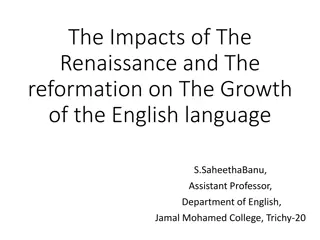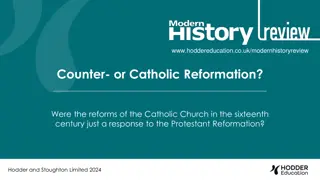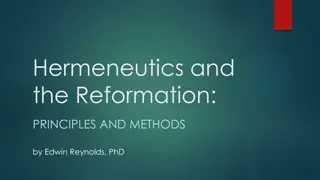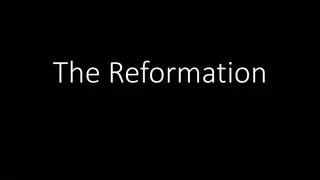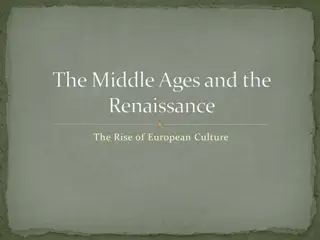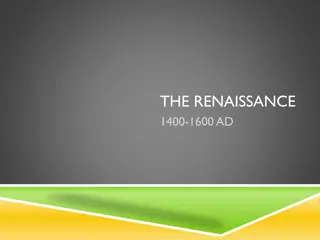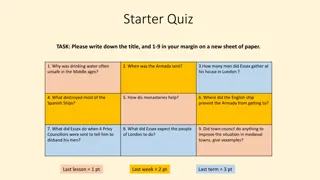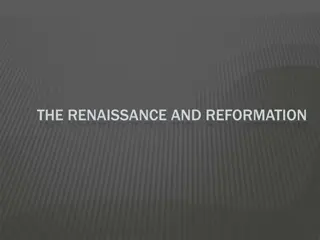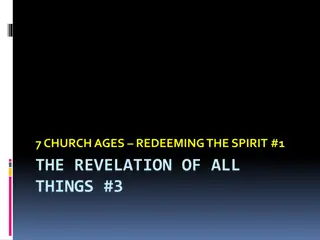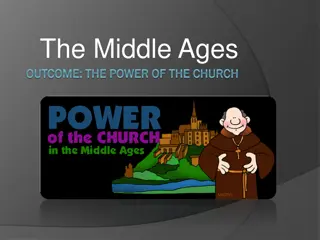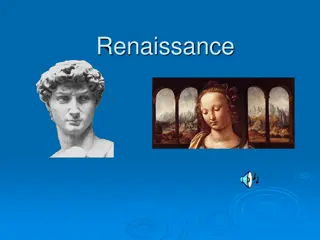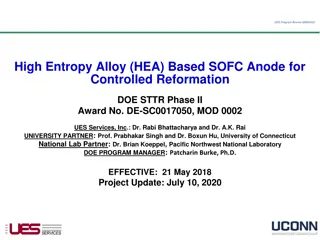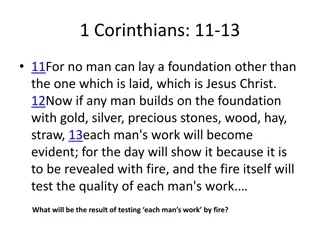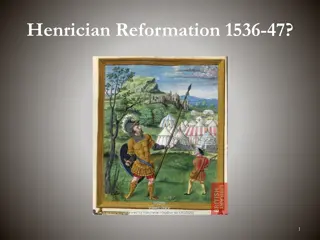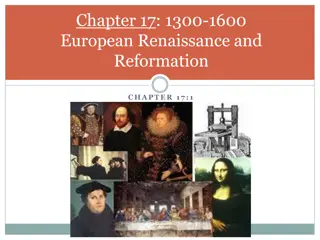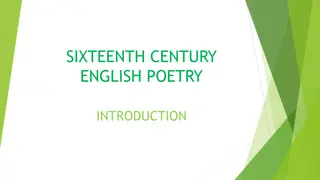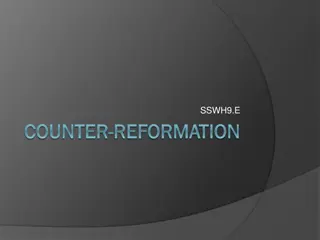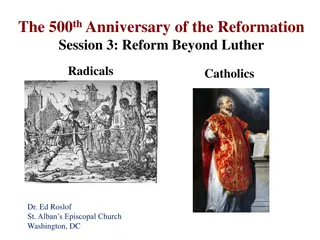The Renaissance and Reformation: Church Dynamics in the Middle Ages
Explore the intriguing dynamics between the church and heretics during the Middle Ages, from the definition of heresy to the relentless pursuit of those challenging the church's beliefs. Delve into the actions of figures like Pope Innocent III and the impact of events such as the Reconquista in Spain, shedding light on this tumultuous period in history.
Download Presentation

Please find below an Image/Link to download the presentation.
The content on the website is provided AS IS for your information and personal use only. It may not be sold, licensed, or shared on other websites without obtaining consent from the author. Download presentation by click this link. If you encounter any issues during the download, it is possible that the publisher has removed the file from their server.
E N D
Presentation Transcript
THE RENAISSANCE AND REFORMATION Library Class
PRE-RENAISSANCE Standard: 1.04; 3.02; Learning Target: Student will know how the church leaders in 1000 AD fought to control religious ideas that went against their beliefs. Student will know the definition of heresy. Student will know why Christians began to challenge the church in the Middle Ages. Student will know why the church officials were interested in finding heretics?
EQ: WHAT MOTIVE DID THE CHURCH HAVE TO FIND ALL HERETICS IN THE MIDDLE AGES? BELLRINGER: Explain what it meant to people to be labeled a heretic in the Middle Ages?
ANSWER A heretic was someone that believed differently from the Catholic church. They opposed the teaching of the church. They were hunted down by priest and friars to try and convince them of their wrongful ways.
POPE INNOCENT III (1200S) Decided heresy was too great a threat to ignore. Called crusade against heretic and rid France of them. Lasted 20 years, destroyed towns and thousands of people died.
VOCABULARY Heresy: Religious ideas that challenge the churches beliefs. Reconquista: retake or reconquest a land or country. King Ferdinand: prince of Aragon Queen Isabella: princess of Castile. Spanish Inquisition: an organization of priests that looked for and punished anyone in Spain suspected of secretly practicing their old religion.
FOUGHT THE MUSLIM MOORS Christians also fought the Moors in Spain and Portugal because they saw them as enemies of the church. Muslim government in Spain was caught up in fighting among various ethnic group and too busy to guard itself against Christian evaders. 1002 Muslim Moors fell.
TAKING THE MOORS LAND As the Moors declined in power, little Christian kingdoms seized the opportunity and took their land by force. They called this retaking of land the Reconquista. Castile, the largest Spanish kingdom won a great victory over the Moors. The kingdoms of Aragon and Portugal soon joined the fight. By 1250s, the Christian armies had nearly pushed out the Moors completely out of Europe. Granada was still under Muslim control.
THE RISE OF PORTUGAL AND SPAIN Both grew, Portugal broke free from Castile and became independent. Castile and Aragon united. 1469, Ferdinand and Princess Isabelle were married. 10 years later became king and queen of Spain. They brought an end to the Reconquista and conquered Granada the last stronghold of Spain. That years required all Spanish Jews to covert to Christianity or leave the country.
BANNING OTHER RELIGIONS Banned Judaism, Islam, and any religion that wasn t Christian. Policy: rule or course of action.
SPANISH INQUISITION Ferdinand and Isabella wanted only Christians in their lands. They created the Spansh Inquisition which organized priests to looked for and punish anyone in Spain suspected of secretly practicing their old religion. Killed them or burned them to death by public viewing. 2,000 people died approx. 1,400 were put to death in Portugal.
ASSIGNMENT Think how the Reconquista and Spanish Inquisition might be treated in a world history book. Write a brief history of the Reconquista and Spanish Inquisition from the point of view of a Muslim boy or girl. Finishing Up: Bellringer: How was the Reconquista and the Spanish Inquisition similar?
BRIEF HISTORY Your brief history paper should include a title, the name of your character, what was your life like before Reconquista and Spanish Inquisition, what is life like now. What are the views of your family concerning this new policy? Capitalization of sentence is extremely important. Please proofread your work.
SUMMARIZING What was the purpose of the Spanish Inquisition?
EQ: : WHAT MOTIVE DID THE CHURCH HAVE TO FIND ALL HERETICS IN THE MIDDLE AGES? Bellringer: How were the Jewish people discriminated against in Spain?
AGREE OR DISAGREE ____Heretics were people who shared the same beliefs as the Christian church. ____Ferdinand and Isabella succeeded in removing all nonChristians from Spain. ____The Reconquista reclaimed land that once belong to Spain. _____The Spanish Inquisition gave priests the authority to hunt down Jews, Muslims, and people who believed differently from Christianity.
JEWS BLAMED Holy Roman Empire blamed the Jews for the arrival of the Black Death Jews had to flee their homes to escape angry mobs. In Europe, many Christians didn t want them in their towns.
RELIGION SHAPED HOW PEOPLE THOUGHT Religion shaped what people did. Religion shaped where they lived. Religion led to wars and punished those who didn t agree with the Roman Catholic Church.
ASSESSMENT What is heresy? Why did the church send priests and friars to find heretics? Who did Spanish Christians try to drive out of their lands? What was the purpose of the Spanish Inquisition? How might Spanish history might be different if the Spanish had not defeated the Moors? How did the kings and rulers punish Jews in the Middle Ages?
BELLRINGER (1) Bellringer: What would your life be like if everything you had came from only 100 miles away from your home?
ADDITIONAL BELLRINGER Explain why certain religions were discriminated against during the Middle Ages.
THE CHURCH AND THE RENAISSANCE Standard: Appreciate the shift in institutions form a church dominated society to the rise of science, philosophy, and art. 6.5.15 EQ: Examine Europe s society shift from a church dominated society to the rise of science, philosophy, and art.
ACTIVATING STRATEGY Think on a local level. Your town. You can only purchase items that can be obtained within a 100 mile radius. Would you have seen an orange? Read Japanese literature or seen a Japanese film? Little Debbie Cakes? Fruit roll-ups? Ipad, Ipod, cell phones? Television?
COULD YOU SURVIVE IN YOUR HABITAT? Group work What would your life be like to only have access to items within this range?
TRADE WITH ASIA Black Death wasn t a positive thing; however, it didn t damage farmland, buildings, ships, machines, or gold. Survivors used these things to raise more food and make new products. Wages rose as workers became more skilled at their craft charge higher fees for the work.
SILK ROAD REOPENS China and Rome did business around 1 AD and 200. Products were moved East and West along the Silk Road. Started in China and ended at the Mediterranean Sea. When Rome fell and the Han dynast fell, soldiers no longer protected travelers. Silk road declined because of robbers. 1200s, Mongols took over China and made the roads safe again.
EXPLORATION Classical: referring to the cultures of ancient Rome and Greece. Marco Polo: Venice traveler who traveled from Europe to China and saw many amazing things. Spent 20 years in Asia and a writer helped him record his travels. Many people wanted Asian goods.
RENAISSANCE A time of renewed interest in the ancient worlds of Greece and Rome. The study of the humanities led to a movement called humanism, a way of thinking and learning that stresses the importance of human abilities and actions.
TRADE CITIES IN ITALY 1300s four main trading cities: Florence Milan Genoa Venice Location: Near waterways
VENICE AND GENOA Main ports on the Mediterranean Sea. Ships brought in spices and other luxuries from Asia into their harbors. Merchants then shipped the goods all across Europe.
GROUP WORK List ten items you have at home or here at school that came from other places outside of Lenoir City. Using resources, how far away have some of these items traveled to get into your hands? Resources: Encyclopedia, map, or globe. Summarizing: Map out the steps items from Asia reached Europe.
SOURCES OF INSPIRATION After the Black Death destruction, most thinkers in Europe had devoted themselves to religious study. 1300s, however, scholars had begun to broaden their interests. They studied poetry, history, art, and the Greek and Latin languages. Together these subjects are called the humanities because they explore human activities rather than the physical world or the nature of God.
BELLRINGER Explain what it means to focus more on the Humanities instead of religion.
STANDARD AND EQ Standard: Appreciate the shift in institutions form a church dominated society to the rise of science, philosophy, and art. 6.5.15 EQ: Examine Europe s society shift from a church dominated society to the rise of science, philosophy, and art.
COMMON LATIN/GREEK ROOTS Root Meaning Sample Word Root Meaning Sample Words -aud- Hear Audience Anti- Against antifreeze Antiwar liter- Writing Litertaure/ literacy Astr- Star Asteroid Astronaut Re- Again Repeat/ Redo -chron- Time Chronicle chronology -script Write Script, manuscript Dia Across Between Diagonal, diameter Microfilm microscope Micr Small Sub Below Submarine, substandard Transport, translate Phono Sound Telephone Symphony Trans Across
OTHER GREEK AND LATIN ROOTS Bio means life logy meaning study Geo means earth Philo means loving Anthro means man Med means middle
BELLRINGER Briefly describe what was going on in Italy during the Renaissance Period. Include the two writers and two main artists.
STANDARD Appreciate the shift in institutions form a church dominated society to the rise of science, philosophy, and art. 6.5.15
ESSENTIAL QUESTION Examine Europe s society shift from a church dominated society to the rise of science, philosophy, and art.
AGREE OR DISAGREE ___Renaissance means rebirth or different way of thinking. Love of art and education was the focus. ___Florence, Genoa, Venice, and Milan became trade cities during the Renaissance Period. ____After the Black Death people begin to focus more on the Humanities instead of religious thought. ____The Silk Road was open once again and became a safer to travel. ____Marco Polo was an explorer from Venice.
MICHELANGELO Artist spent almost all of his working time on his back to create the famous masterpiece in the Sistine Chapel. (5 years)
NOTICE THE COLORS IN THE PAINTING
YOUNG WOMAN Take out a clean sheet of paper and sketch this drawing.
WRAPPING IT UP After you have sketched this drawing. You may get on your computer and research Michelangelo. Time period Famous drawing Major accomplishments Interesting facts about his life Key words to type in the search box Michelangelo+biography (No Wikipedia)
SUMMARY Explain how Michelangelo would have felt during the Renaissance.
BELLRINGER/ACTIVATING Name to two Renaissance artist and give an explanation of why they were famous. Activating: ______is the artist that worked on his back for five years painting the Sistine Chapel. ______is famous for his detailed work with the human anatomy.
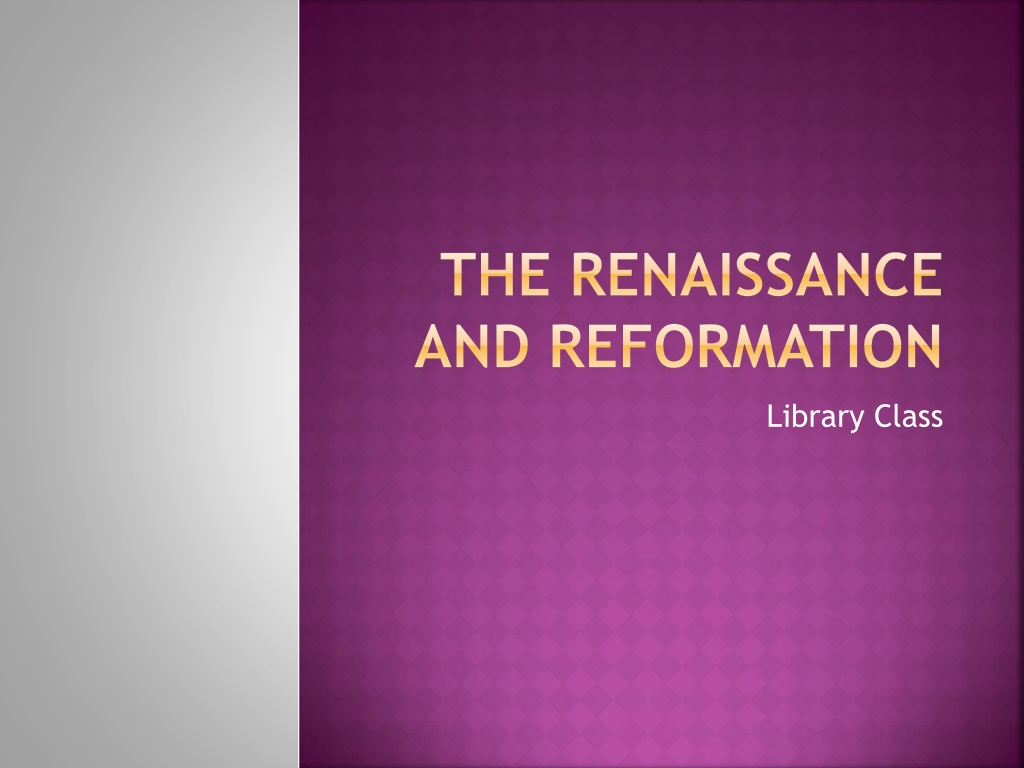
 undefined
undefined






